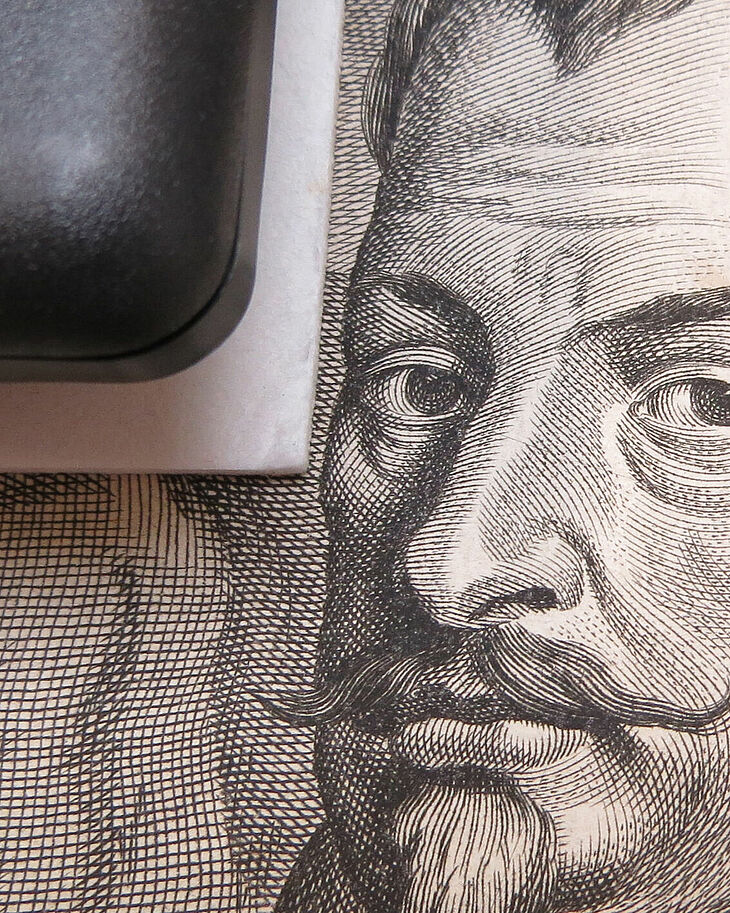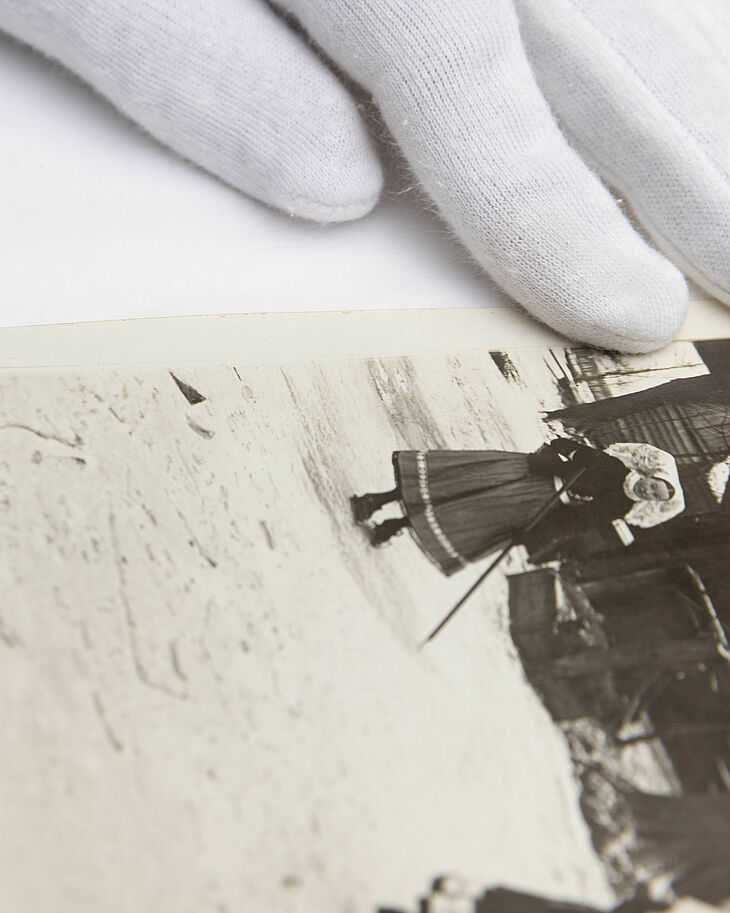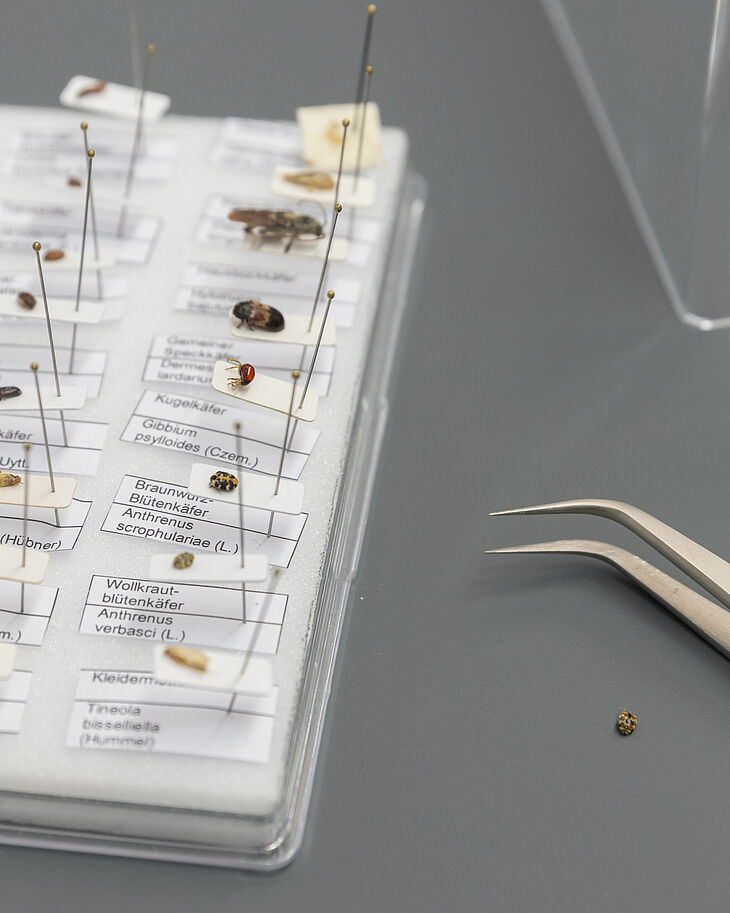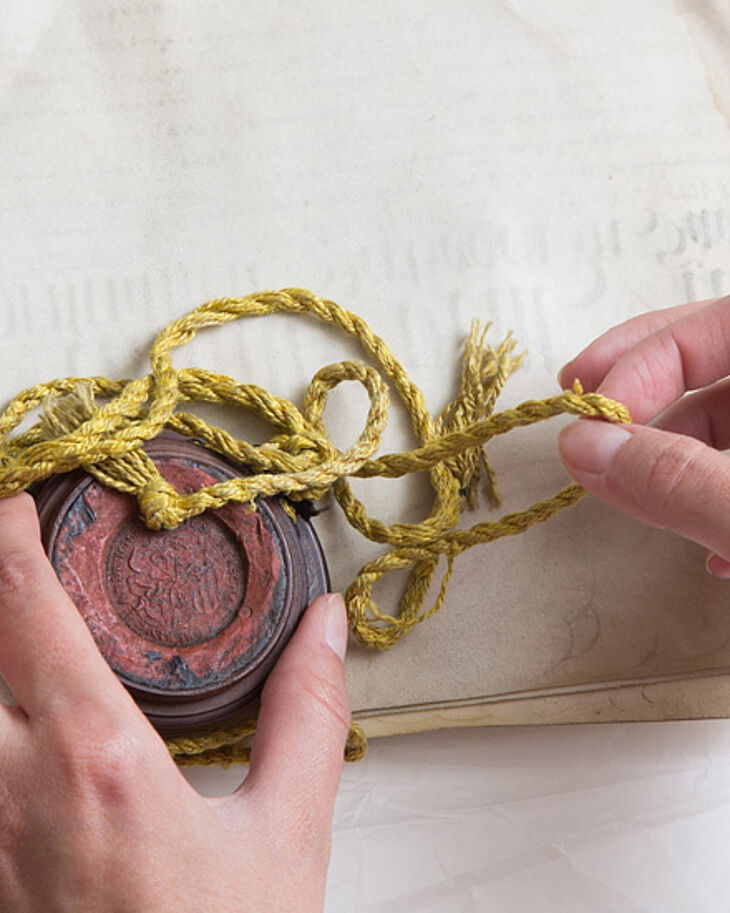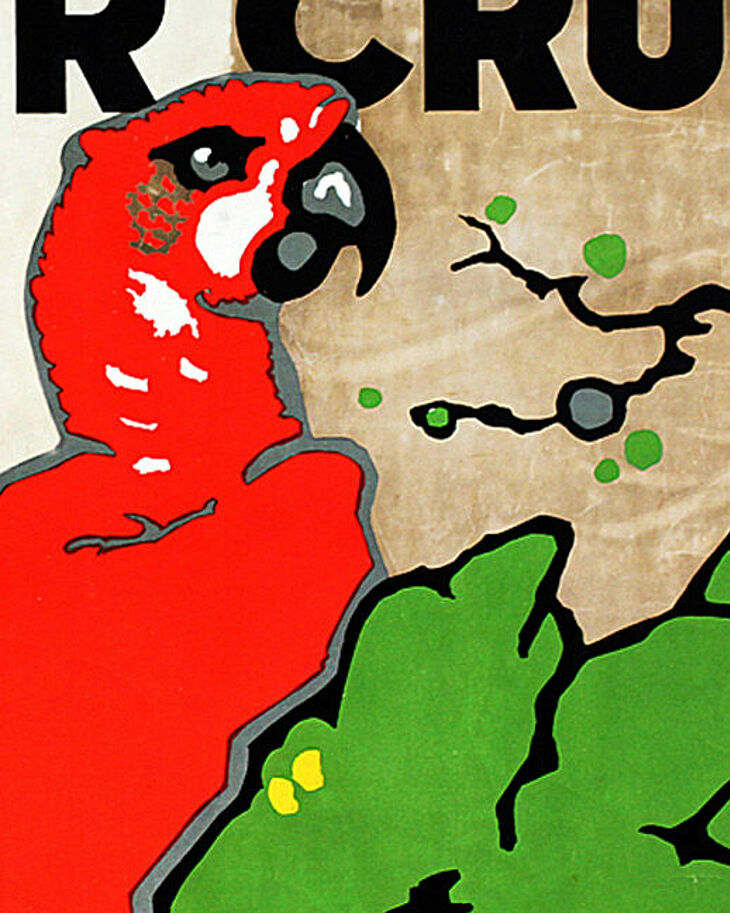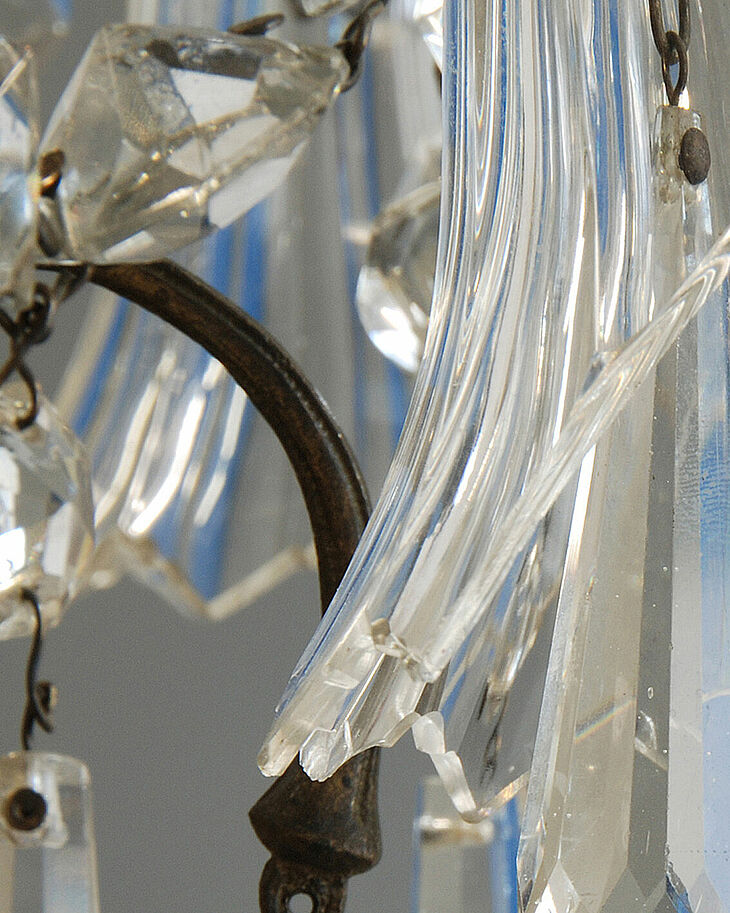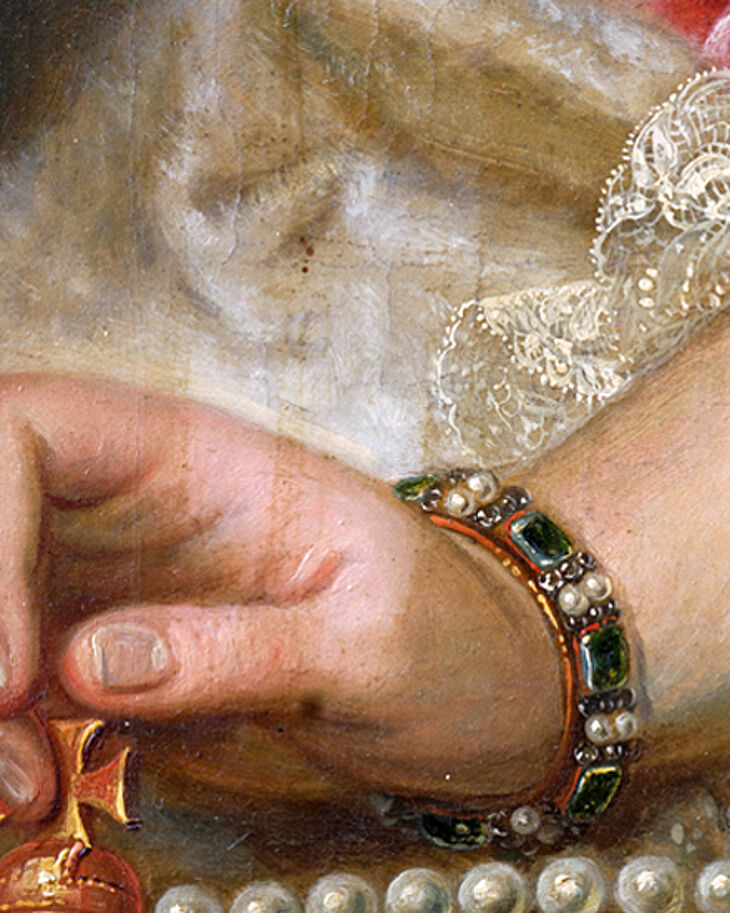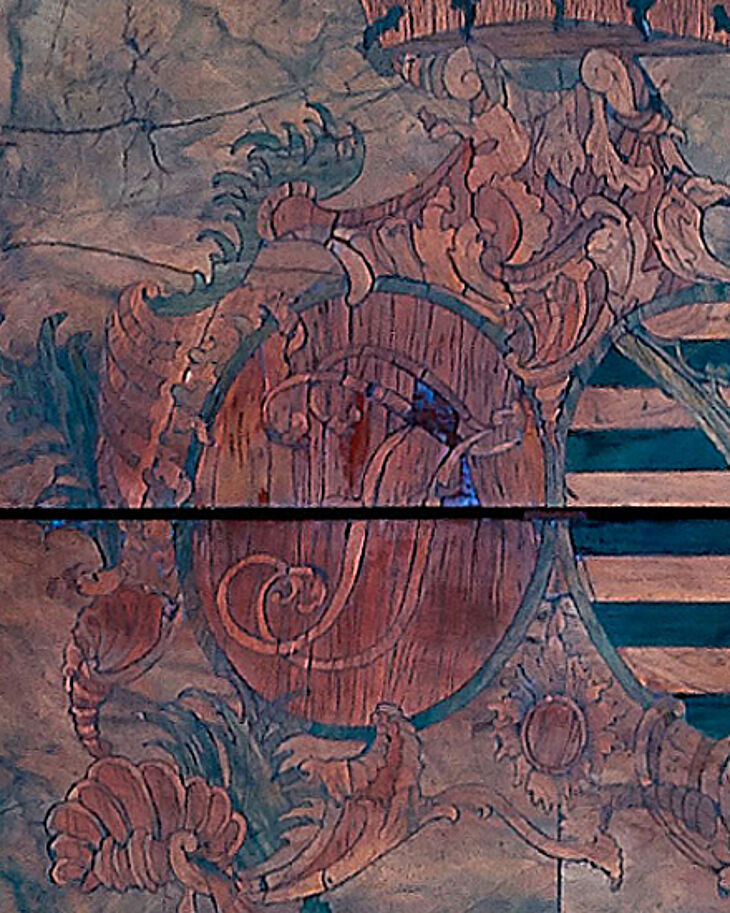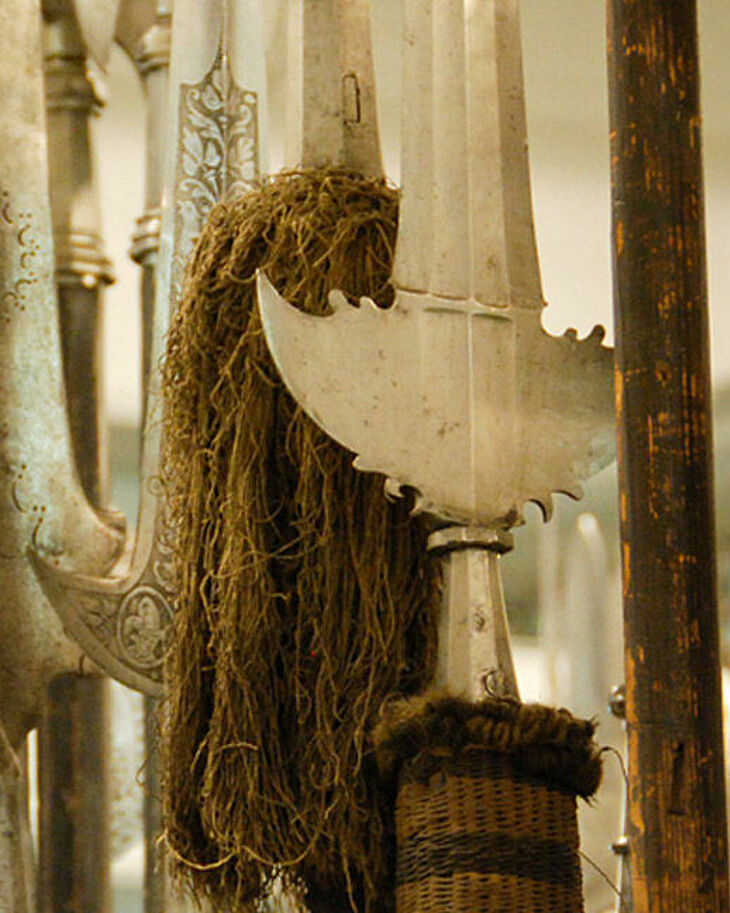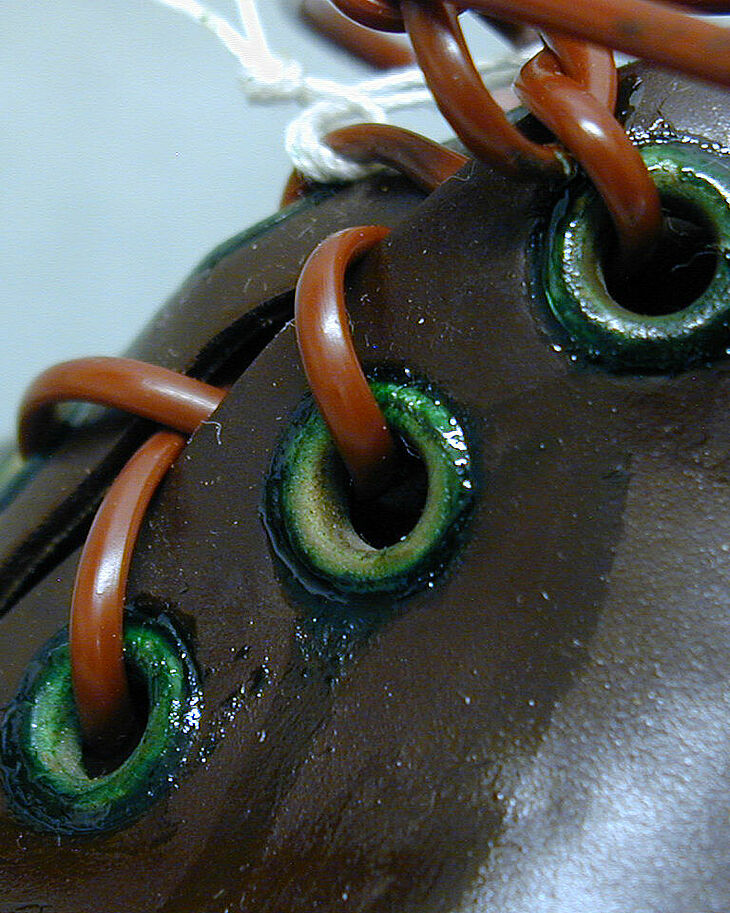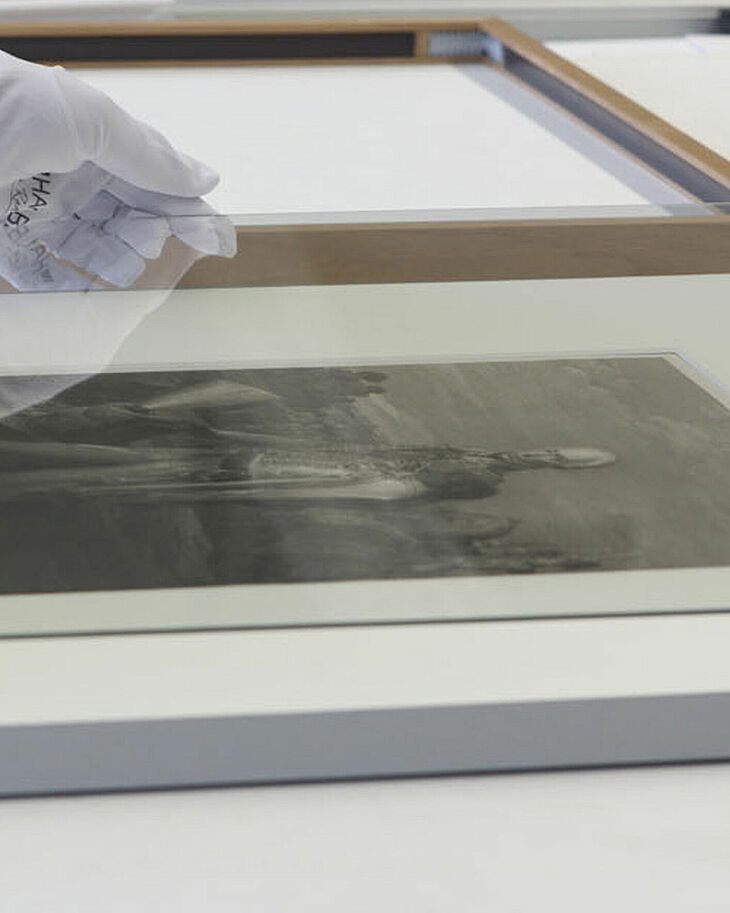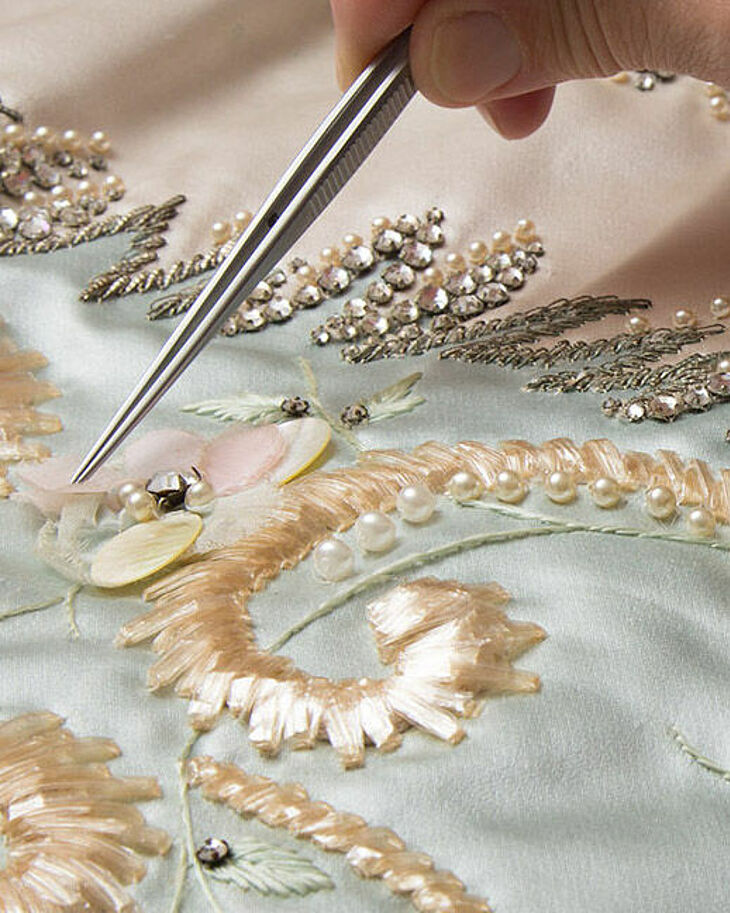
Conservation
The job responsibilities of the conservators in the museum are complex. In an institution like the Deutsches Historisches Museum (DHM) many exhibitions are mounted which requires diverse skills from the conservation team beyond those required for the hands-on conservation of the objects. The conservators are involved in the processes of presentation of the works of art and relate them to their historical context. In this extended aspect of their duties, the conservators contribute their comprehensive interdisciplinary expertise to the organisation and the complex communicative processes.
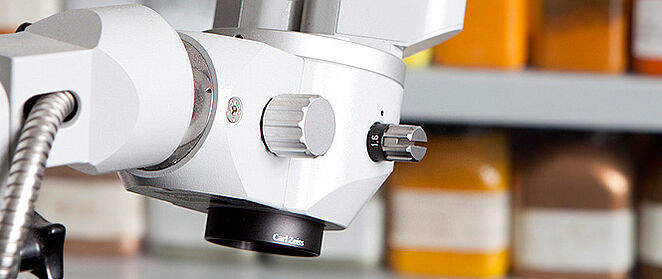
The wide variety of conservation workshops are located in the conservation department of the DHM and they correspond to the diversity of objects present in the collections. The present museum collection is made up of the collection of the former Museum for German History from the German Democratic Republic (GDR) and that of the DHM which had been building a collection since 1987. The collections of the Museum for German History, which were based on the collection of the old Armoury (Zeughaus), were transferred to the DHM after the Council of Ministers of the GDR resolved to close down the Museum for German History in 1990.
The focal point of the museum is to preserve the collection for future generations. The collection is being researched, and in part, put on display. The objects are cared for by the conservators, who as experts assess their condition and provide ‘best practice’ advice for depot storage, transport, and loans to other museums and exhibitions.
Conservators take care to establish the proper environmental conditions that an object – whether in storage or on display – requires. This includes: light levels, lighting methods, relative humidity, air quality and the correct presentation of the objects exhibited. Of particular concern are the technically correct presentations of textile, metal, paper, and books, among others.
Conservators research into the material from which an object is made, they question the authenticity of an object or work of art in the collection as well as determine the condition and age of the object. The results of these examinations and evaluations determine – to a great degree – the conservation measures that will need to be undertaken.
The special significance of many objects is first gained when they are placed in their historical context. During their course of treatment, it is of particular relevance to the conservators in a historical museum to focus attention on their context.
The Conservation Department is located in the archive building on Geschwister-Scholl-Strasse and has a total of 22 employed conservators, both permanent and on temporary contract, as well as one associate co-worker, who works exclusively as a mounting and framing technician.
